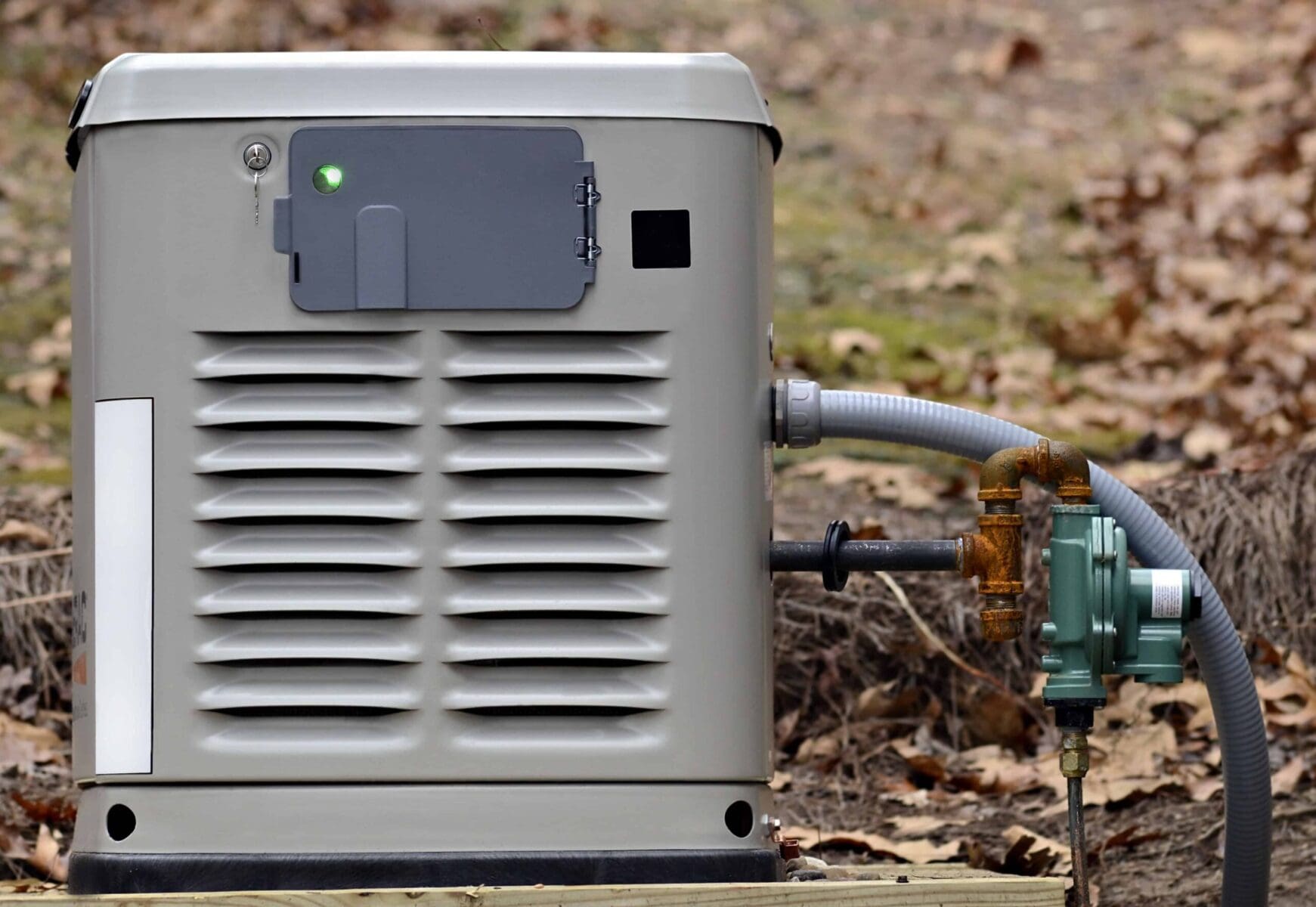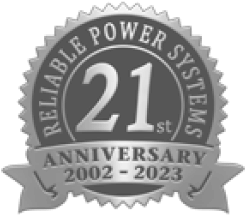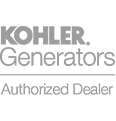
When the power goes out, you want to be sure the electricity being supplied to your home in Boca Raton continues functioning. An automatic backup generator guarantees that the power will only be out for a few seconds before the generator kicks on. Ideally, you will then be covered until your home is back on the grid. Then your automatic generator will shut itself off and barely any changes will be felt. In a perfect world, this would happen every single time you lose power while hooked up to an automatic backup generator.
In order to guarantee that your generator functions when you need it, you will need to follow these generator maintenance tips.
Here are nine generator maintenance tips:
1. Check Your Generator’s Placement
Despite most likely being in an enclosure, with increased and constant exposure to certain elements, your generator may get worn down. Make sure your generator is not in the direct line of effect from sprinklers, downspouts, or any trickling water from your roof. The generator should be able to withstand the elements during a storm, but constant exposure of seeping water over days and months will begin to wear it down.
2. Keep an Eye on Your Engine Oil
Just like an automotive vehicle, or anything with an engine for that matter, your automatic generator requires a sufficient level of engine oil to function. Go out at least once a month and check the oil levels within your automatic generator. Add oil as needed to ensure it works when you need it.
3. A Clean Enclosure is a Happy Enclosure
Make sure all materials that aren’t related to the generator itself are removed from around your automatic generator’s enclosure. Sticks, yard game toys, and rocks can damage your generator if they get into the enclosure during a storm.
4. Give It Some Space
Generac, a leading automatic generator provider, insists your generator should have proper clearance of 18” from the back and 36” on each side. This means clearance from any yard ornaments, landscaping, and any other materials. In an event of harsh or dangerous winds, these objects can be unexpectedly hurled at your generator. The enclosure should give it decent protection, but maintaining those clearance distances will ensure that mother nature doesn’t throw any unexpected surprises your way.
5. Monitor the Control Panel
The control panel fuse controls whether your automatic generator receives power itself. While it does stay pretty secure, random elemental factors can cause the panel to open. In that scenario, debris or water could then enter the panel and cause damage to your entire generator. Every few weeks go out and ensure that the control panel is securely shut and not at risk of swinging open suddenly.
Read More: Can a Backup Generator Get Wet? View Our Maintenance and Operation Tips
6. Inspect the Fuel System
Make sure your fuel system is clear of debris and any signs of corroding. A system that has been vulnerable to unfavorable climate and conditions can corrode, leak fuel, and pose a potential fire hazard for your house. This sort of disaster requires the perfect storm to occur, but its better to be on top of the situation and verify that the fuel system is operating normally and not corroding.
7. Replace the Air Filter If Needed
The air filter within your automatic backup generator is just as important as one in a vehicle. As air flows through the generator, the filter catches the pollen, dust and debris to prevent it from contaminating the engine itself. If the filter becomes clogged, air will not be able to enter the engine and can cause long-term damage to the generator. Check the air filter routinely and replace it if you start to notice that it looks clogged.
8. The Condition of the Mounting Surface
The surface that the generator and containment unit rests on is almost as crucial as the generator itself. Any cracking, instability, or unlevel positioning can result in problems later on. If you notice any of these symptoms on the mounting surface of your generator unit, it may be time to consider moving it to a new location or calling in an expert to make some repairs to the area.
9. Evidence of Water Excess
Look around and in the containment unit of the generator to ensure that there are no signs of water damage/ intake. Typical signs of excess water include erosion around the unit, water markings on the enclosure, or stagnant water within, on top, or around the enclosure.











